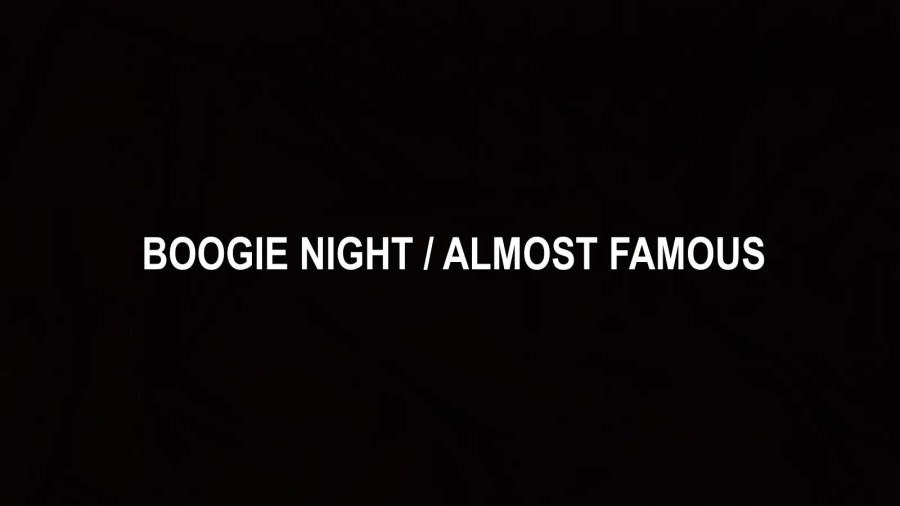An atypical companion piece
Like Citizen Kane, Paul Thomas Anderson’s name was just a brand. To me, both have daunting reputations that precede them–Citizen Kane as the greatest film of all time and Anderson as one of the best modern directors and screenwriters, among the likes of Quentin Tarantino and Wes Anderson. I’d never seen any of Anderson’s films prior to the past weekend, and by god, I’m blown away.
Although I binge-watched Anderson’s entire filmography, one film stood out among the others, Boogie Nights. Boogie Nights centers around a young Mark Wahlberg in his rise as a adult film star. It takes place during the Golden Age of Porn, the late 70’s, and its eventual downfall during the 80’s. It’s not an appropriate film to write about in a school medium, hence, it won’t be the only film discussed in this article.
As an avid classic rock listener, Almost Famous is a film straight out of my dreams. I’ve seen the film nearly twenty times, and it’s still one of my favorites. Almost Famous centers around William, a young, naive Rolling Stone reporter, following fictional rock band Stillwater during the 70’s American rock scene. Watching the film back to back with Boogie Nights has made it a great companion piece; fleshing out the theme of accepting reality into different perspectives and dimensions.
In Almost Famous, characters continuously long to be “cool.” They desire a persona that’ll acquire them reverence and undevoted praise. However, this “cool” is something far from reality, it retracts people from their former self into a larger than life celebrity with no human characteristics. A band such as Led Zeppelin, or in this case Stillwater, has a legacy as a rock god, yet, few will recognize them as four regular guys who took a chance for stardom. The film acts as the behind the scenes account of people coping with the idea of fame and how it can damage them.
Meanwhile, in Boogie Nights, Eddie Adams succumbs to the “cool” referenced in Almost Famous. He loses touch with himself so much so that he permanently changes his name to his pornstar pseudonym, Dirk Diggler. Anderson even emphasizes the protagonist’s loss of identity in the shooting script, as Eddie is always referred to as Dirk. Despite being released three years prior to Almost Famous, Boogie Nights expands upon the dangers of living a life of decadence. Its first half is light-hearted, showing the pleasures of living life too fast. But it’s the second half that sets it apart from Almost Famous’s mostly positive mood. This suspenseful long scene brings in the 80’s with a literal bang. It’s the inauguration of the hopeless second half of the film where all characters deal with the consequences of their extravagant lifestyles. This scene of a drug deal done wrong is an exemplary manner the film shows its hopelessness.
Unlike Dirk, William doesn’t fit into the fantasies that take both the form of the decadent rock and roll lifestyle and the porn industry’s boom during the 70’s. Had Philip Seymour Hoffman’s character offered Dirk the guidance that revitalizes William’s hopes in accepting the reality he lives in, he wouldn’t have gone through drug addiction, financial despair and his inevitable return to the porn industry.
As great companion pieces, analyzing the interfering themes and how they build upon each other, Boogie Nights and Almost Famous are a must watch for any aspiring movie-buffs.

This is Thomas' second year in the Talon as an Entertainment Writer. His hobbies, aside from writing mediocre poetry and stellar shopping lists, include,...

Lord YeJin strikes back once again in The Talon as the Photographer, the Layout Editor, and the Image Master (finally!). Evicting Gabriel Civita, the former...











